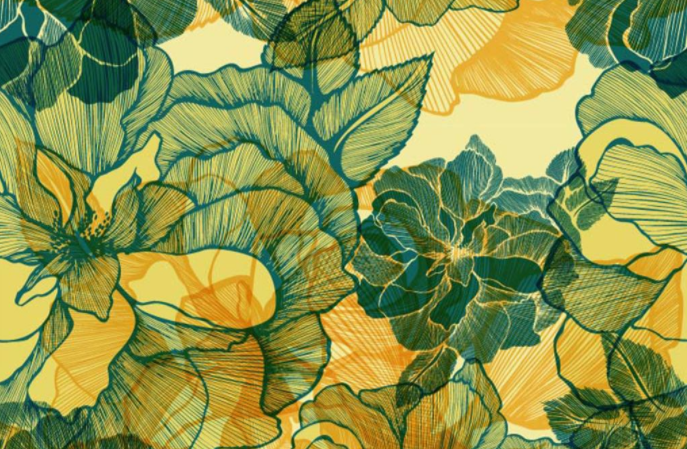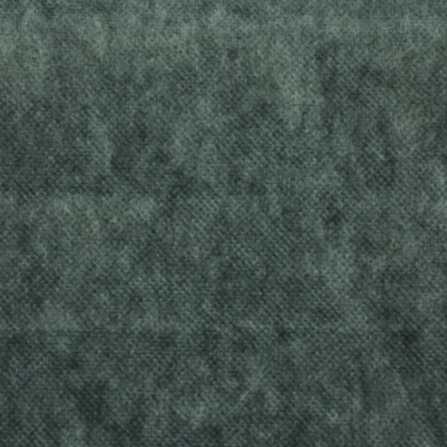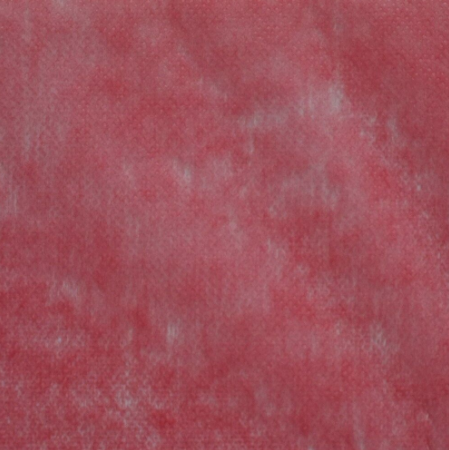Classification and distinction of non-woven fabrics

Non-woven production fiber is polypropylene (PP), polyester (PET). In addition, there are polyamide fiber (PA), viscose fiber, acrylic fiber, acrylic fiber (HDPE), chlorine fiber (PVC). According to the application requirements, non-woven fabric is divided into disposable application and durable two categories.
According to the production process, it is divided into:
1. Spunlaced non-woven fabric: spunlaced process is the high pressure micro water jet to a layer or multi-layer fiber net, so that the fibers entangled together, so that the fiber net can be reinforced and have a certain strength.
2. Hot-bonded non-woven fabric: hot-bonded non-woven fabric refers to the addition of fibrous or powdery hot-fused bonding reinforcement materials in the fiber net, fiber net after heating melting cooling reinforcement into cloth.
3. Pulp air flow into the net of non-woven fabric: air flow into the net of non-woven fabric can also be called dust-free paper, dry paper non-woven fabric. It is the use of air flow into the net technology of wood pulp fiberboard loose into a single fiber state, and then use air flow method to make the fiber agglutinate on the net curtain, fiber net and then reinforce into cloth.
4. Wet non-woven fabric: wet non-woven fabric is placed in the water medium of the fiber raw materials loose into a single fiber, at the same time to make different fiber raw materials mixed, made of fiber suspension slurry, suspension slurry transported to the network mechanism, fiber in the wet state into a network and then reinforced into cloth.
5. Spunbond non-woven fabric: spunbond non-woven fabric is in the polymer has been extruded, stretched and formed a continuous filament, filament laid into a net, fiber net after its own bonding, thermal bonding, chemical bonding or mechanical reinforcement method, so that the fiber net into non-woven fabric.

https://www.nbsoco.com/pro-2-62-290.html
6. Melt-blown non-woven fabric: the process of melt-blown non-woven fabric: polymer feeding -- melt extrusion -- fiber formation -- fiber cooling -- mesh -- reinforcement into cloth.
7. Needle-punched non-woven fabric: needle-punched non-woven fabric is a kind of dry non-woven fabric, needle-punched non-woven fabric is the use of needle puncture effect, the fluffy fiber net reinforcement into cloth.
8. Knitted non-woven fabric: knitted non-woven fabric is a dry non-woven fabric, knitted method is the use of warp knitting coil structure of fiber net, yarn layer, non-textile materials (such as plastic sheets, plastic thin metal foil, etc.) or their combination to reinforce, to make non-woven fabric.
9. Hydrophilic non-woven fabric: mainly used in the production of medical and sanitary materials, in order to get a better feel and do not scratch the skin. Like sanitary napkins, sanitary pads is the use of hydrophilic non-woven fabric hydrophilic function.
Non-woven cloth and dust-free cloth difference
Non-woven fabric, also known as non-woven fabric, is a new generation of environmental protection materials, with water-repellent, breathable, flexible, non-combustion-supporting, non-toxic, non-irritating, colorful and other characteristics. If non-woven fabric is placed outdoors by natural decomposition, its longest life is only 90 days, placed indoors in 5 years decomposition, non-toxic, tasteless, and without any legacy material when burning, so as not to pollute the environment, suitable for washing. It is a new type of fiber products with soft, breathable and flat structure formed by using polymer slicing, short fiber or filament through various fiber net forming methods and consolidation technology. It has plastic products do not have environmental performance, its natural degradation time is far lower than plastic bags, therefore, the non-woven bag made of non-woven fabric is also recognized as the most economical and affordable environmental protection shopping bags.

https://www.nbsoco.com/pro-2-62-269.html
Dust-free cloth is made of 100% polyester fiber, soft surface, easy to wipe sensitive surface, friction does not remove fiber, with good water absorption and cleaning efficiency. Product cleaning and packaging are completed in the ultra clean workshop. Dust-free cloth optional edge sealing is generally: cold cutting, laser edge sealing, ultrasonic edge sealing. Superfine fiber dust-free cloth with laser, ultrasonic perfect edge sealing; Dust-free cloth, dust-free cloth, superfine fiber dust-free cloth, superfine fiber cloth adopts 100% continuous polyester fiber double woven cloth with soft surface, which can be used to wipe sensitive surface, low dust production and friction does not remove fiber, and has good water absorption and cleaning efficiency. Especially suitable for dust-free purification workshop. Dust-free cloth, dust-free cloth, ultrafine fiber dust-free cloth, ultrafine fiber wipe the edge of the cloth is sealed by the most advanced edge cutting machine, wipe will not leave particles and thread, cleaning ability is strong.